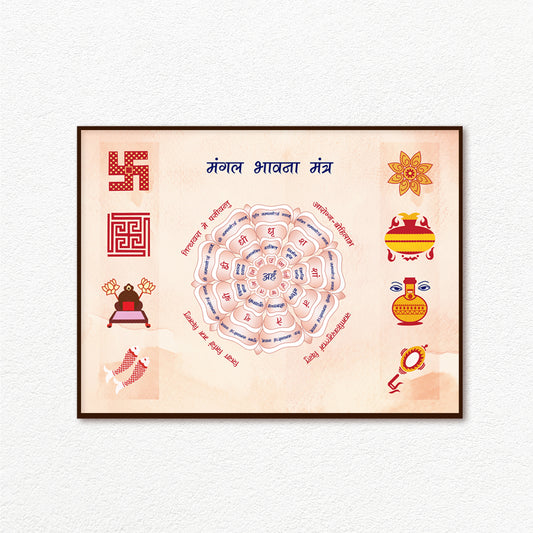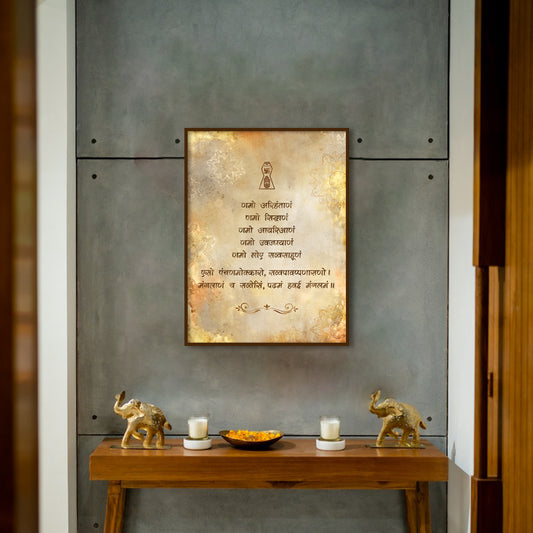-
- Regular price
- From Rs. 14,400
- Regular price
-
- Sale price
- From Rs. 14,400
- Unit price
- per

-
- Regular price
- From Rs. 7,500
- Regular price
-
Rs. 0 - Sale price
- From Rs. 7,500
- Unit price
- per

-
- Regular price
- From Rs. 7,500
- Regular price
-
Rs. 0 - Sale price
- From Rs. 7,500
- Unit price
- per

-
- Regular price
- From Rs. 7,500
- Regular price
-
Rs. 0 - Sale price
- From Rs. 7,500
- Unit price
- per

-
- Regular price
- From Rs. 7,500
- Regular price
-
Rs. 0 - Sale price
- From Rs. 7,500
- Unit price
- per

-
- Regular price
- From Rs. 7,500
- Regular price
-
Rs. 0 - Sale price
- From Rs. 7,500
- Unit price
- per

-
- Regular price
- From Rs. 7,500
- Regular price
-
Rs. 0 - Sale price
- From Rs. 7,500
- Unit price
- per

-
- Regular price
- From Rs. 7,500
- Regular price
-
Rs. 0 - Sale price
- From Rs. 7,500
- Unit price
- per

-
- Regular price
- From Rs. 8,900
- Regular price
-
Rs. 0 - Sale price
- From Rs. 8,900
- Unit price
- per

-
- Regular price
- From Rs. 7,500
- Regular price
-
Rs. 0 - Sale price
- From Rs. 7,500
- Unit price
- per

-
- Regular price
- From Rs. 690
- Regular price
-
Rs. 0 - Sale price
- From Rs. 690
- Unit price
- per

-
- Regular price
- From Rs. 690
- Regular price
-
Rs. 0 - Sale price
- From Rs. 690
- Unit price
- per

-
- Regular price
- From Rs. 690
- Regular price
-
Rs. 0 - Sale price
- From Rs. 690
- Unit price
- per

-
- Regular price
- From Rs. 690
- Regular price
-
Rs. 0 - Sale price
- From Rs. 690
- Unit price
- per

-
- Regular price
- From Rs. 690
- Regular price
-
Rs. 0 - Sale price
- From Rs. 690
- Unit price
- per

-
- Regular price
- From Rs. 690
- Regular price
-
Rs. 0 - Sale price
- From Rs. 690
- Unit price
- per

Traditional Indian Art: A Reflection of Cultural Heritage and Spirituality
India’s traditional art forms have evolved over thousands of years due to its rich and diverse cultural history. Every region and state are linked with a particular art form for example Kalamkari in Andhra Pradesh, pichwais of Rajasthan etc.
Indian traditional art is primarily a way of depicting spiritual, religious and metaphysical themes. So Indian traditional art offers a peek in the transcendental world. One of the most identifying aspects of traditional Indian art is its interlinking religion and mythology. This form of art has been heavily influenced by the major religious traditions of Hinduism, Buddhism, Jainism and later Islam.
An important traditional artform is Pattachitra paintings from Odisha. Pattachitras mostly incorporate Hindu gods and goddesses and mythological stories.
One of the most famous and ancient forms of Indian traditional art is pichwais. Pichwai paintings are a unique and intricate form of traditional Indian art, originating from the Nathdwara, Rajasthan, where the famous Shreenathji temple is located. The central theme of pichwais is Srinathji. The creation of the pichwai tradition can be traced back to the 17th century, when the ruler of Mewar, Maharana Raj Singh, invited artists to design artworks for the temples of Nathdwara. The idea of these paintings was the enhancement of the devotional experience of devotees. The main theme of pichwais is to depict the different life aspects of Lord Krishna and his divine leelas. This art form is the most popular form amongst all the traditional art forms. Studio Artemist creates these paintings on paper. Gold and silver leaves are often used to add a sense of opulence and divinity. One of the most prominent themes in pichwai paintings is the depiction of Lord Krishna as the divine cowherd. Scenes of Krishna in the form of srinathji playing his flute, surrounded by peacocks, cows, and gopis (milkmaids), are common motifs. The paintings often portray the intimate relationship between Krishna and his devotees, particularly the gopis, who are believed to represent the soul's yearning for the divine. The borders of pichwai prints are usually characterised by intricate borders often depicting flowers.
Raas Leela is the most popular theme of pichwais depicting the divine dance of Lord Krishna with his gopis. Another popular depiction in pichwais is annakoot or Govardhan pooja. Gopashtami symbolising the coming of age of Krishna as a full cowherd and janmashtami are important themes in pichwais. Pichwai themes also centre around holi Diwal celebrationsi.
Kalamkari prints are a traditional Indian art form and the word “kalamkari” comes from two Persian words: "kalam" (pen) and "kari" (craftsmanship). They are known for their intricate designs and vibrant colours, typically created on fabric or paper. Kalamkari is very popularly used as decorative wall hangings, where large, detailed scenes and patterns are depicted.
Prints featuring Gautam Buddha are extremely popular as traditional art. These prints add a meditative quality to the space.
Ganesha is also a prominent theme in traditional prints. Ganesha paintings and prints are supposed to ward off negativity and considered auspicious, thus filling the space with a very positive ambience.
Miniature paintings are also a type of traditional art.
Tanjore paintings from Tamil Nadu, known for its surface ornamentation with gold foil, are another significant traditional style of art, often showcasing deities and religious motifs.
Another traditional form of tribal art is from the Gond tribe from Madhya Pradesh and Chhattisgarh. Gond art is characterised by uses a lot of bright and bold colours. Gond paintings are known for their intricate patterns and dot work.
Traditional Indian art is a timeless treasure and was a medium of storytelling of our folklore, spirituality and religion. It is a reminder of India’s rich history and heritage, our diversity and its artistic legacy.

















